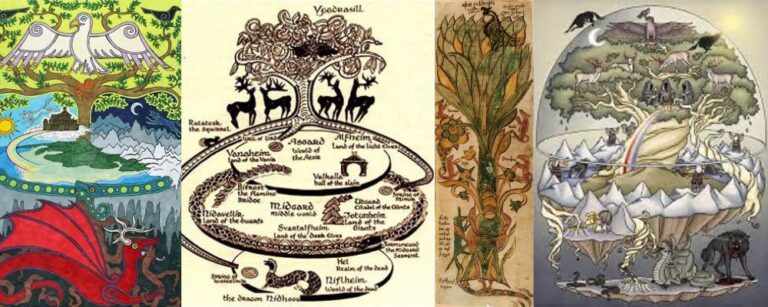According to descriptions of Norse cosmology, the Norse universe is set around a mighty ash tree called Yggdrasil. The nine worlds that make up the Norse cosmos are held within the roots and branches of the tree.
This means that all living beings in existence live within Yggdrasil. But most are limited to the confines of their own world, such as Midgard and Alfheim. Some powerful beings, such as the Aesir gods, can leave their own world, Asgard, and travel to other realms. But this was always challenging.
The gods had to create the Rainbow Bifrost Bridge to move between Midgard and Asgard and had to have incredible steeds, such as the eight-legged horse Sleipnir, to descend to the underworld. There, most things that exist are limited to their home world within Yggdrasil.
However, there are a few exceptions. Several stories tell us about animals and other creatures that seem to live freely within the tree itself and even nourish themselves directly on the tree. Among the most famous of these is the squirrel Ratatoskr, which can run freely up and down the height of the tree.
Read on to learn more about the incredible creatures that live off Yggdrasil itself.
Creates that Gnaw on Yggdrasil
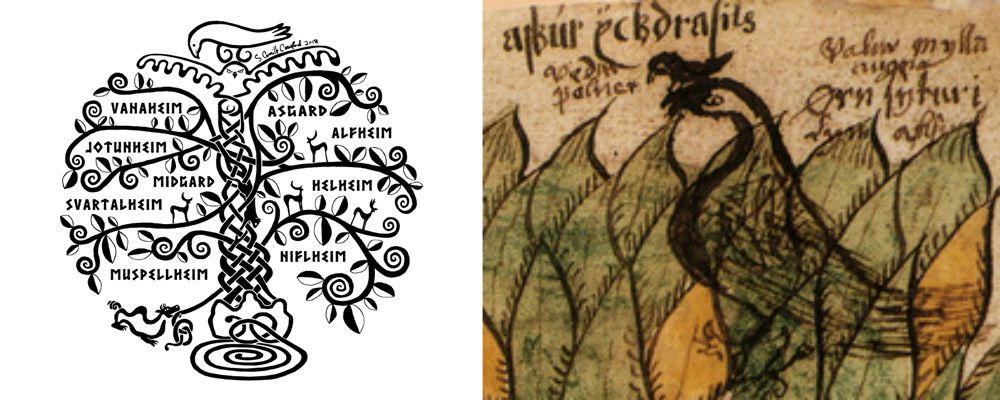
In the Grimnismal in the Poetic Edda, Odin described as Grimnir describes the nature of the universe including the animals that dwell within Yggdrasil. Very similar information is given in the Gylfaginning in the Poetic Edda, where Odin provides similar information disguised as the wise man High. The latter story is probably based on the former.
The description says that a mighty eagle that knows many things lives at the very top of Yggdrasil. We are not given the name of the eagle, but he must be enormous in size as an eagle called Vedrfolnir sits between his eyes. This name means “storm pale” or “wind bleached”, which may suggest harsh conditions at the very top outside the protection of Yggdrasil.
At the very bottom of Yggdrasil among the roots of the tree lives a dragon or a snake called Nidhoggr. The Vikings did not differentiate between dragons and serpents. The name Nidhoggr means curse striker or malice striker. Nidhoggr is an angry and mean creature who is stuck in a feud with the eagle at the top of the tree.
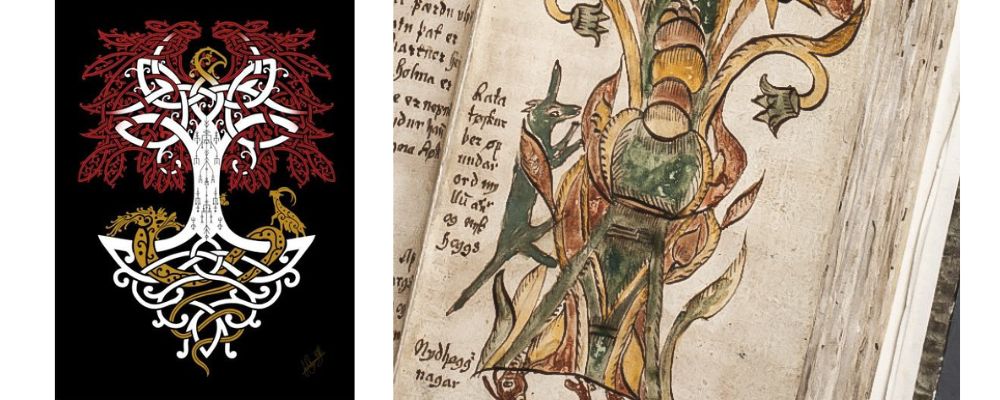
However, neither the eagle nor Nidhoggr seems to be able to leave their homes to pursue their mutual dislike. But a squirrel called Ratatoskr seems to run freely up and down the full height of the tree. His main pastime is to carry messages between the feuding eagle and dragon. He is also said to share gossip and add fuel to the fire to feed the conflict.
The name Ratatoskr means “drill tooth” or “bore tooth”, and he also nourishes himself by chewing on the bark of Yggdrasil.
He is joined in this pastime by four harts or stags that munch on the branches of the tree. But in return for this nourishment, morning dew forms on the horns of the stags and forms rivers that nourish the worlds.
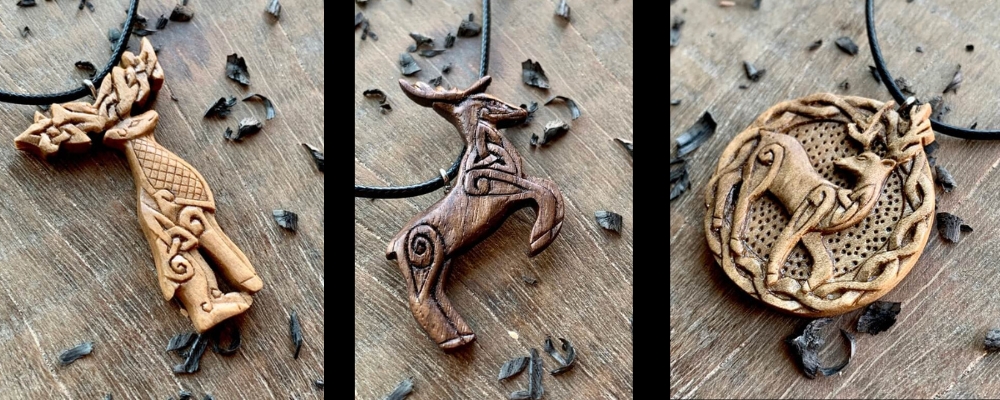
Nevertheless, the names of the stags suggest that they are not “friends” to the tree. They are called Dainn, “dead one”, Dvalinn, “unconscious one”, “Duneyrr, “thundering in the ear”, and Durathror, “thriving slumber”.
It is probably because Yggdrasil is constantly eaten away at that the tree is described as constantly being in more pain than a man could imagine. This eating away also suggests that Yggdrasil is mortal and has a finite lifespan, adding to the inevitability of the Ragnarok apocalypse.
Among the Roots of Yggdrasil
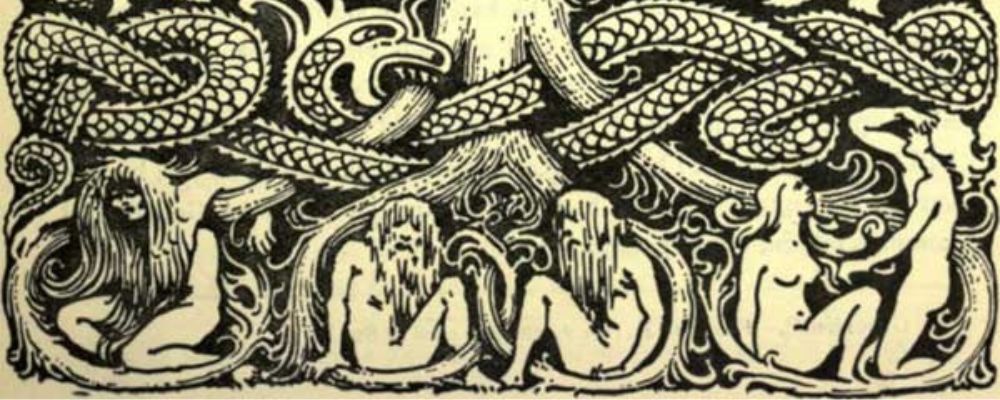
Nidhoggr is described as living among the roots of Yggdrasil, but he does not live there alone. He is part of a colony of serpents, and he may be their leader.
According to the Poetic Edda, the roots of which Nidhoggr chews are located in the icy world of Niflheim alongside one of the three wells that feed the world called Hvergelmir, which means “bubbling, boiling spring”.
The dragon is constantly gnawing, perhaps in an effort to free himself and climb the tree as the roots are holding him prisoner. But he will stop gnawing when he hears the howl of Garm, the guard dog of Helheim. The dog howls when new dead souls are brought to Helheim, and this summons the dragon to its gates.
There, the worst of the worst, murders and oath breakers, are sent to an area of Helheim called Nastrond. There, Nidhoggr sucks on the blood of the dishonorable deceased.
The fact that Nidhoggr can move freely to Helheim has many speculating that Helheim is located within Niflheim and is not a separate world. The mythology simply says that there are nine worlds in the Norse cosmos, but mentions more than nine in the different texts, so this is possible.
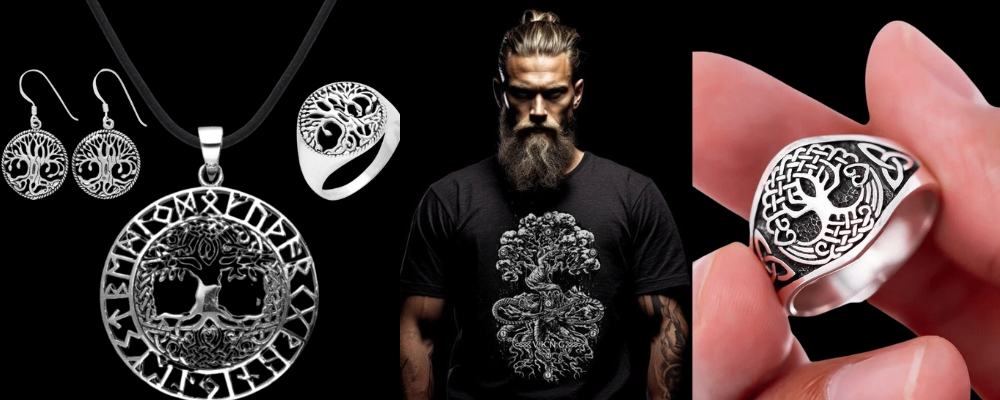
However, this information needs to be taken with a grain of salt because it seems to be a later Christian addition. Helheim was never described as an afterlife for the damned and was just a normal underworld for those who did not earn a place for themselves in Valhalla or Folkvangr. This description of Helheim as a place for punishment was added by Christians to better align with their own ideas of heaven and hell.
Fates Among the Roots
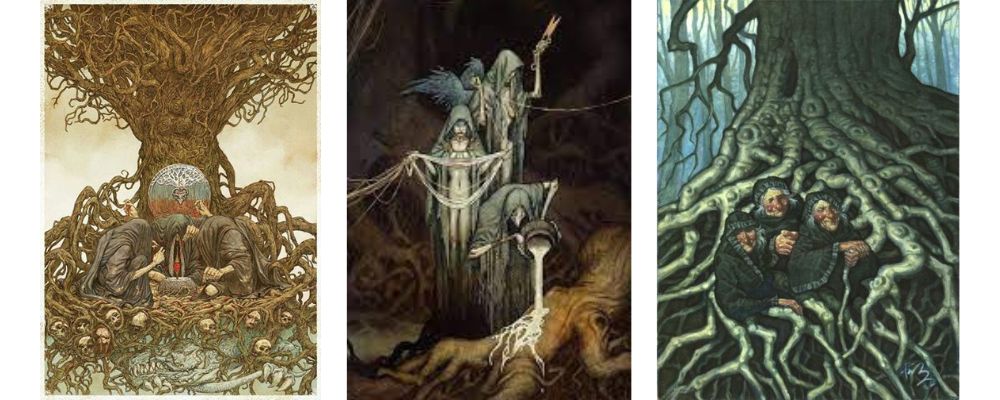
It is not only malicious creatures that are described as living under the roots of Yggdrasil, but also the fates. The spirits of fate in Norse mythology are known as Norns, and they seem to have been a common class of spirits. There was not one overriding fate, but different fates for gods, men, dwarves, and so on.
But in addition to these various fates, there were three principal Norns that seem to have overseen the general fate of the universe. These three sisters live beside the Well of Udr, the Well of Fate, which also sits at the base of Yggdrasil. But rather than damaging the tree, they take water from the well to nourish the tree and prevent it from rotting.
It is also here that the sisters create fate. They are sometimes described as weaving fate on a loom and, at other times, writing it into the bark of Yggdrasil with the runes.
According to one story, the three main Norns are giantesses, or the fates of the giants. When they moved from Jotunheim to the Well of Udr, they put an end to the golden age of the gods. It is not clear what this meant, but maybe the power of the gods was diminished as they took control of greater destiny.
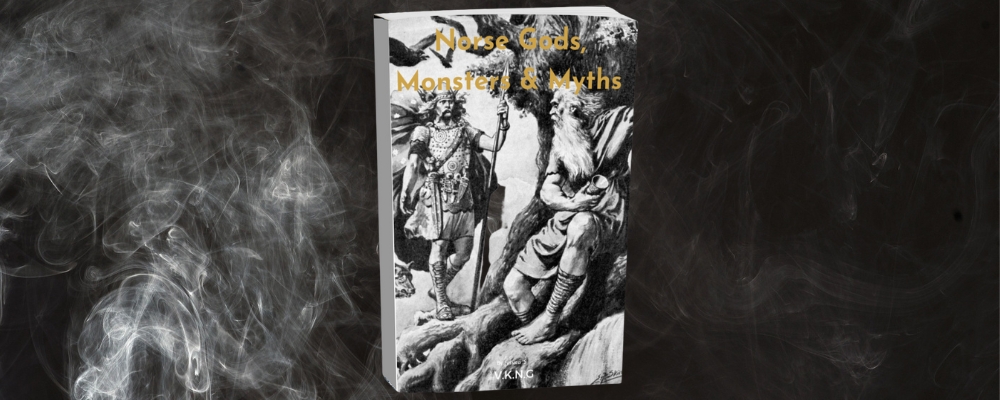
Book : Norse Gods, Monsters & Myth
The eldest sister is named Urd, whose name means “what once was”. In surviving sources, the word Urd is used interchangeably for fate and death, suggesting that the two were considered one and the same by the Vikings.
The middle sister is Verdandi, and her name means “coming into being”, and therefore things of the present. Her name also means birthing, perhaps suggesting a link between being born and the start of one’s fate.
The youngest sister is called Skuld, which means “that which shall be”. But her name also derives from the word debt and seems to carry connotations of things that one is answerable for, and which are inescapable.
Other Creatures
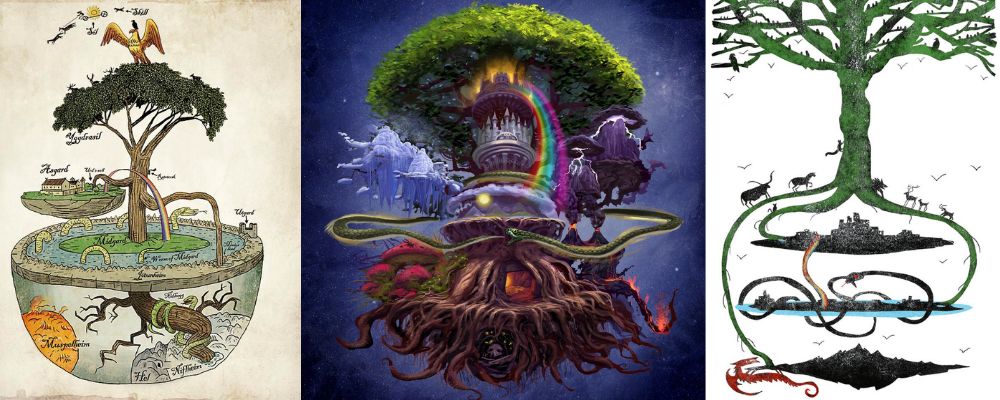
There are other creatures mentioned here and there in various Norse stories that may live in Yggdrasil itself rather than one of the Norse worlds.
The first and most famous is Jormungandr. The son of Loki and the giantess Angrboda, the Aesir goods so feared the potential power of such a child that they threw the young and small snake into the waters surrounding Midgard. There the serpent grew to such an enormous size that it can encircle the whole world and hold its own tail in its mouth.
While Jormungandr is associated with Midgard, it is not clear that he lives within Midgard. He rather seems to live in a sea that is between worlds. This is why when Thor went to visit the giant Hymir and fish in the water off the shores of Jotunheim, he encountered Jormungadr. It may also be why Utgard-Loki could fool Thor into trying to pick up Jormungandr disguised as a cat, while Jormungandr continued to be both in Jotunheim and in his waters.
Jormungandr certainly seems to be part of the fabric of existence. Utgard-Loki warns Thor that if he had successfully lifted up the cat, Jormungandr, the displacement of such an enormous size would have destabilized the world.
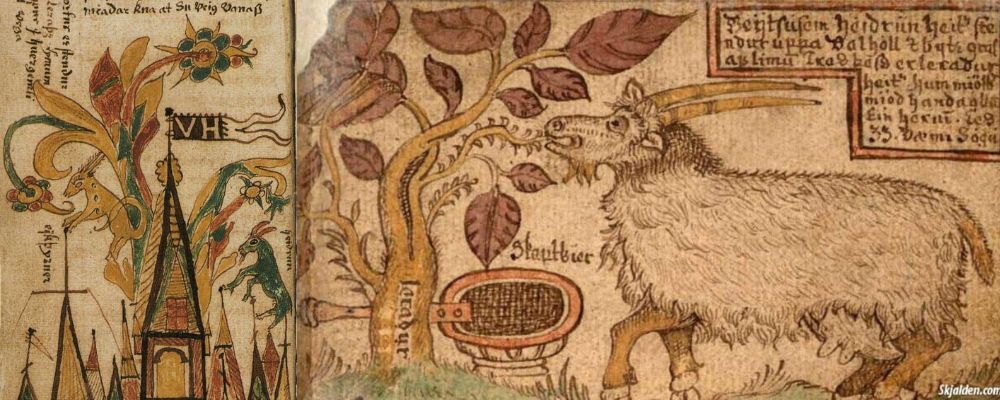
Another story describes creatures that seem to live in Valhalla, Odin’s hall for dead warriors in Valhalla, but also seem to feed on Yggdrasil.
The goat Heidrun and the stag Eikthyrnir feed on the leaves and new growth of the tree. This allows the goat to create endless flows of mead to feed the Aesir gods and the Einherjar, the collective name for the dead warriors. Meanwhile, freshwater flows from the horns of the stag from Asgard near the top of Yggdrasil to the well Hvergermir near its roots. This suggests that the two creatures live on the tree itself.
Creation and Destruction
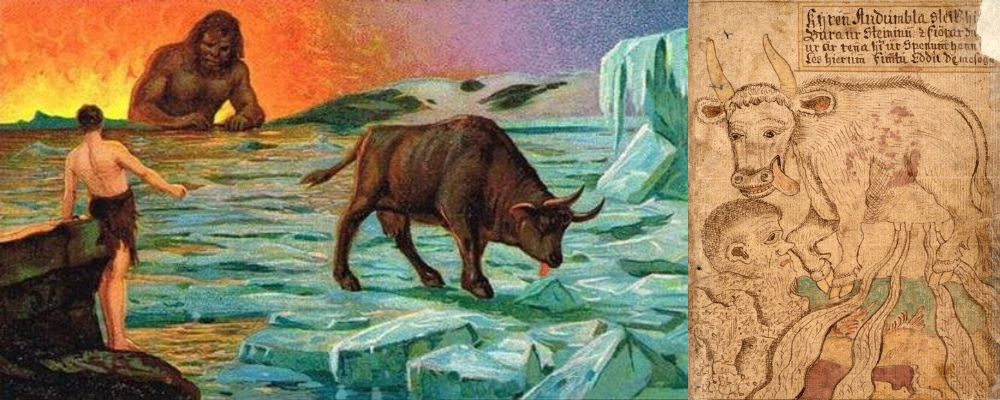
Even more creatures are mentioned when we talk about the creation and the destined destruction of Yggdrasil and the Norse cosmos.
In the beginning, the first two creatures to emerge from the primordial goop were the giant Ymir and the primordial cow Audumla. Her name means “hornless cow rich in milk”. The cow produced four rivers of milk to feed Ymir. She nourished herself by licking salt slick that also emerged from the goop. She eventually licked the god Buri out of the slick.
The sons of Buri killed Ymir and used his body to create many of the worlds of the Norse cosmos. It could be that all gods, giants, and other creatures that existed before this time may have lived on Yggdrasil itself before this moment of creation, or it could be that worlds already existed, and Odin and his brothers only created some worlds, such as Midgard and Asgard. The story is unclear.
We also don’t know what happened to Audumla, as she is never mentioned again after the creation myth.
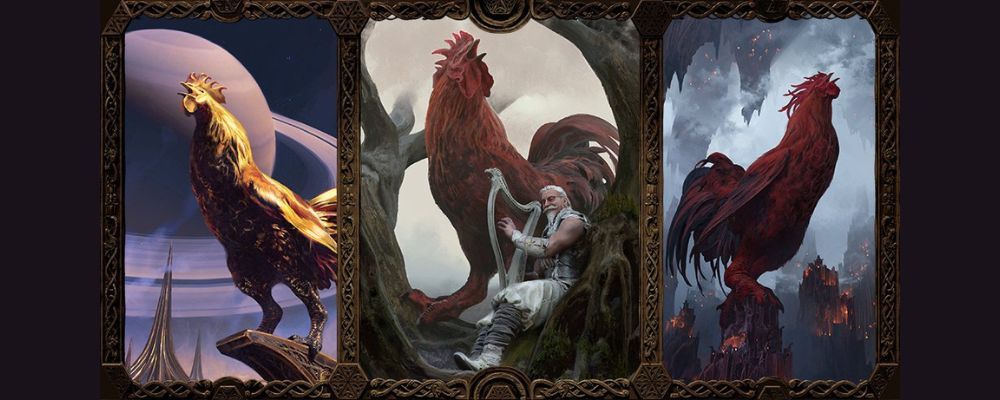
It is also not explicitly stated anywhere that the creatures that live on Yggdrasil will play a role in Ragnarok, the predicted twilight of the gods and destruction of all things. But it seems only logical.
Before the great battle of Ragnarok in which the gods and giants reign down mutual destruction on one another and end all existence, the world was already in flux. Earthquakes and other natural disasters rock the world and also allow enemies that were imprisoned, such as Loki, Fenrir, and Sutr, to break out of their prisons and attack the Aesir gods.
But what causes these natural disasters? Is it the animals of Yggdrasil finally destabilizing their tree with their constant feeding and gnawing?
We might also be able to identify three more animals that live within Yggdrasil, specifically, three roosters that warn the gods, giants, and other creatures about the coming crisis. Is their prior knowledge based on the fact that they live within the tree and know what is happening to it?
The first rooster is called Gullinkambi, which means golden. He flies to Valhalla to tell Odin to gather his warriors. The second rooster is called Fjalar, who will warn the giants. He will make his revelation to a giant herder called Eggther, who lives in the Galgdridr, the woods that separate Midgard and Jotunheim and are also sometimes called the Ironwood.
The name of the third rooster is not recorded, but he goes to Helheim to bring news of Ragnarok. Hel chaos will allow Hel to sail out of Helheim in a ship called Naglfar, made from the toenails and fingernails of the dead, to join the battle.
Animals of Yggdrasil
What do you think of the various animals that seem to call Yggdrasil home? What is special about them? How are they able to live off Yggdrasil itself rather than being confined to one of the worlds? Or is the fact that they nourish themselves on the world tree the reason that they are able to live a larger-than-life existence?
